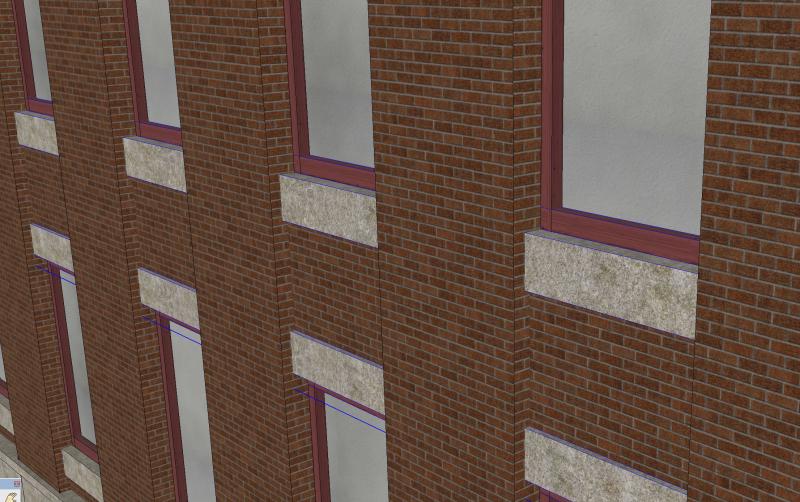My understanding is that any face that responds to shadowing will have every pixel of that face processed for shadowing. But what if some of those pixels are not visible? I've been told they get processed too.
Which leaves me with an issue: I have numerous faces that are partially hidden by other faces. If the view block is short and the face narrow I don't much worry about any shadowing cost. But what if the view block is longer and/or the shadowed face is larger? That would mean more pixels being processed for shadowing and at some point I assume that could degrade processing performance.
So how do I figure out when it is ok to do the run behind method vs. when it would be better to cut away that part of the face that is hidden (increasing the poly count)? Put another way my need is finding the optimal course of more polys vs. more shadowed pixels.
For example:

ALL of the horizontal faces hide behind the vertical faces. The red verticals hide behind the horizontal faces. Cutting up the horizontals so no part is hidden is a huge increase in polys. Is it still worth it... or is pixel shadowing not really much of an issue?

 Log In
Log In Register Now!
Register Now! Help
Help




